Chenopodium bonus-henricus
Chenopodium bonus-henricus is a hardy household plant which is immensely popular for its nutritive value. The plant has been in existence since hundreds of years as most of it is edible. It almost looks like spinach and grows without any fuss. They belong to the family of Amaranthaceae and are one of the goosefoot species.
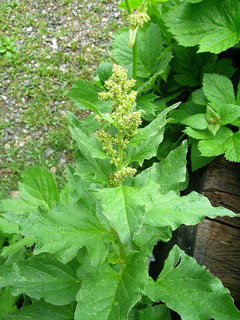
Chenopodium bonus-henricus
Table Of Content
Chenopodium bonus-henricus Common Name
It is known by a number of other names like Poor-man’s Asparagus, Good-King-Henry, Perennial Goosefoot, Mercury and Lincolnshire Spinach. A toxic variety of the plant also existed and in order to distinguish it from the toxic one, it was named Good-King Henry.
Chenopodium bonus-henricus History
Flower shoots were a common food in England before the commencement of Industrial Revolution. This vegetable was once considered to be a valuable food for the entire family as they could be easily grown in plenty and the entire plant was edible.
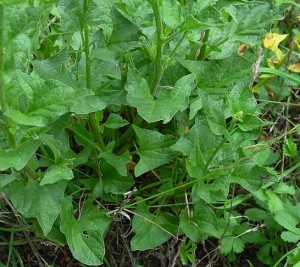 Picture 1 – Chenopodium bonus-henricus
Picture 1 – Chenopodium bonus-henricus
Chenopodium bonus-henricus Description
This perennial plant has some typical physical traits listed below.
Height: The plant grows up to a height between 500 and 800 mm.
Leaves: These are broad, elongated and shaped like triangles measuring around 60 to 100 mm in length. They are arranged on the stem in an alternate style. Leaves are dark green in color with lighter shades in the region below.
Flower: It bears small flowers that are around 3 mm in size. They are hermaphrodite in nature and they flower in the months between May and July.
Seeds: Measuring between 2 and 3 mm, seeds display a mix of red and green. They ripen in the months of June, July and August.
Taste: It tastes bitter in uncooked form, otherwise the taste is more like spinach.
Chenopodium bonus-henricus Distribution
The plant is widespread in Europe, spreading across Scandinavia, western Asia and parts of America.
Chenopodium bonus-henricus Habitat
They inhabit alpine as well as the subalpine regions. These plants can be traced more than 2000 m above the sea level. Gardens, sunny edges and woodlands are some of its common habitats.
Chenopodium bonus-henricus Cultivation
It thrives well in full sun and very fertile soils. However, these can also grow in any condition as they are quite enduring plants. Moist soil provides them good conditions to grow. Growth is better when they are grown from seed and not transported from one soil to another.
If you are cultivating it for commercial purposes, you must water it regularly and keep it free of weeds which is detrimental to its growth. Ideal time for sowing the seeds is April, when you can plant them in pits having a depth of 1 cm at a distance of 50 cm. The plant usually takes up a year to mature before they can be fully harvested. Early summer or spring is generally considered good for harvesting.
Chenopodium bonus-henricus Health Benefits
Some of the benefits which you can achieve from it are:
- Leaves of this plant have plenty of iron like any other leafy vegetable.
- It is a great blood purifying agent.
- These plants help in for lowering risk of heart ailments and blood pressure
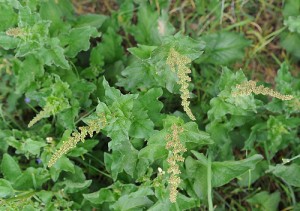 Picture 2 – Chenopodium bonus-henricus Photo
Picture 2 – Chenopodium bonus-henricus Photo
Chenopodium bonus-henricus Edibility
The plant’s seeds, flowering heads, young shoots and leaves are all edible. It was a popular vegetable in olden days due to its edibility like asparagus.
Chenopodium bonus-henricus Uses
Apart from edible uses, these plants have some medicinal uses as well.
Edible Uses
- Italian cuisine in ancient times depended considerably on this plant as all its parts can be eaten.
- This can be cooked like a vegetable along with garlic chives and spinach.
- Flower buds of this plant can also be cooked and eaten.
- Seeds of this plant can be crushed and added to flour in the preparation of bread.
- Seeds can be cooked like other grains after soaking them overnight and rinsing them off saponins.
- Finely chopped young leaves of this plant can be used with other ingredients in making salads.
- As a substitute of spinach leaves, these are simply peerless. Young leaves are crisp unlike the older ones.
- It can be cooked as a spring vegetable.
- In ancient times, for making broths, leaves of this plant were used.
Medicinal Uses
- For treating persistent sores, a thick concoction of these leaves can be applied, which will surely bring relief to the infected area.
- Other skin infections like boils and eruptions can also be healed by it.
- Seeds of this plant have mild laxative properties that can be effectively used on children.
- English Mercury or Poor Man’s Asparagus were traditionally used to cure stomach aches arising out of indigestion.
Other uses
- The plant yields green colored dyes that are used for a variety of purposes.
- In Germany, the plant was fed to the poultry for fattening them.
Chenopodium bonus-henricus Recipe
For a nice aromatic fare, sauté the flower buds of the plant in a dash of butter.
Chenopodium bonus-henricus Side Effects
If you are suffering from rheumatism, gout, hyperacidity or kidney ailments, you can refrain from consuming this vegetable as it may have some adverse effects. There may be some toxicity in its composition as traces of oxalic acid have been found in it. They should be cooked and consumed in moderate quantities to avoid any form of discomfort arising out of it. As some word of caution is associated with it, medical advice can be sought before opting for them in your regular diet.
Chenopodium bonus-henricus Nutrition Value
The plants are rich in Iron, Calcium, Phosphorus, Potassium, Vitamin C, Thiamin, Magnesium, Riboflavin, Niacin, Sodium, Zinc, Vitamin B6, Vitamin B12, Vitamin A, Vitamin E, Pantothenic Acid, Folate etc. which equip the body against a number of diseases and keep it fit.
Chenopodium bonus-henricus Buy
You can buy the seeds of this plant from online stores and plant it according to the conditions suitable to its growth. Also get to know about the care sheet form some of their websites as well.
Chenopodium bonus-henricus during Pregnancy
It can be avoided during pregnancy to avoid complications.
Chenopodium bonus-henricus is the storehouse of some essential nutrients that empowers the body to fight against several health hazards. Considering the health benefits and uses of this plant to mankind though it is now mostly grown as a garden plant unlike olden days when it was a staple in certain European nations.
Chenopodium bonus-henricus Picture
Images of Chenopodium bonus-henricus are given here.
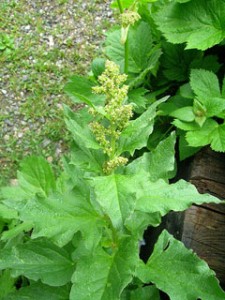 Picture 3 – Chenopodium bonus-henricus Picture
Picture 3 – Chenopodium bonus-henricus Picture
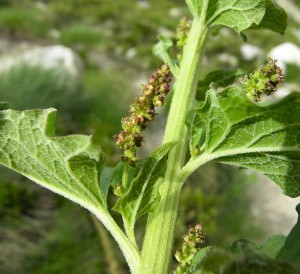 Picture 4 – Chenopodium bonus-henricus Image
Picture 4 – Chenopodium bonus-henricus Image
Reference:
http://www.naturalmedicinalherbs.net/herbs/c/chenopodium-bonus-henricus=good-king-henry.php
http://www.pfaf.org/user/plant.aspx?latinname=Chenopodium+bonus-henricus
https://plants.jstor.org/compilation/Chenopodium.bonus-henricus
- by Jaysmita Sarkar
- May 29th 2012

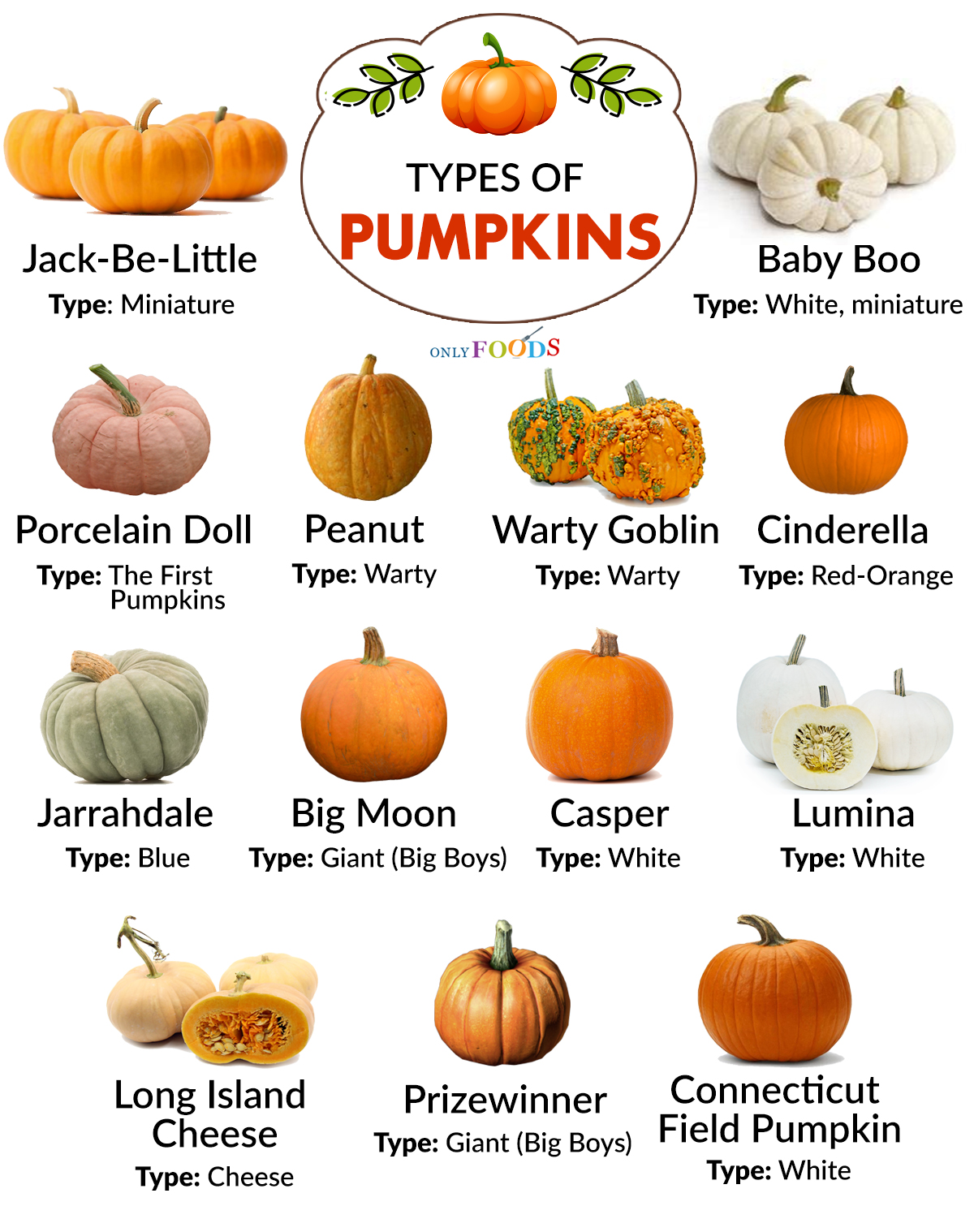

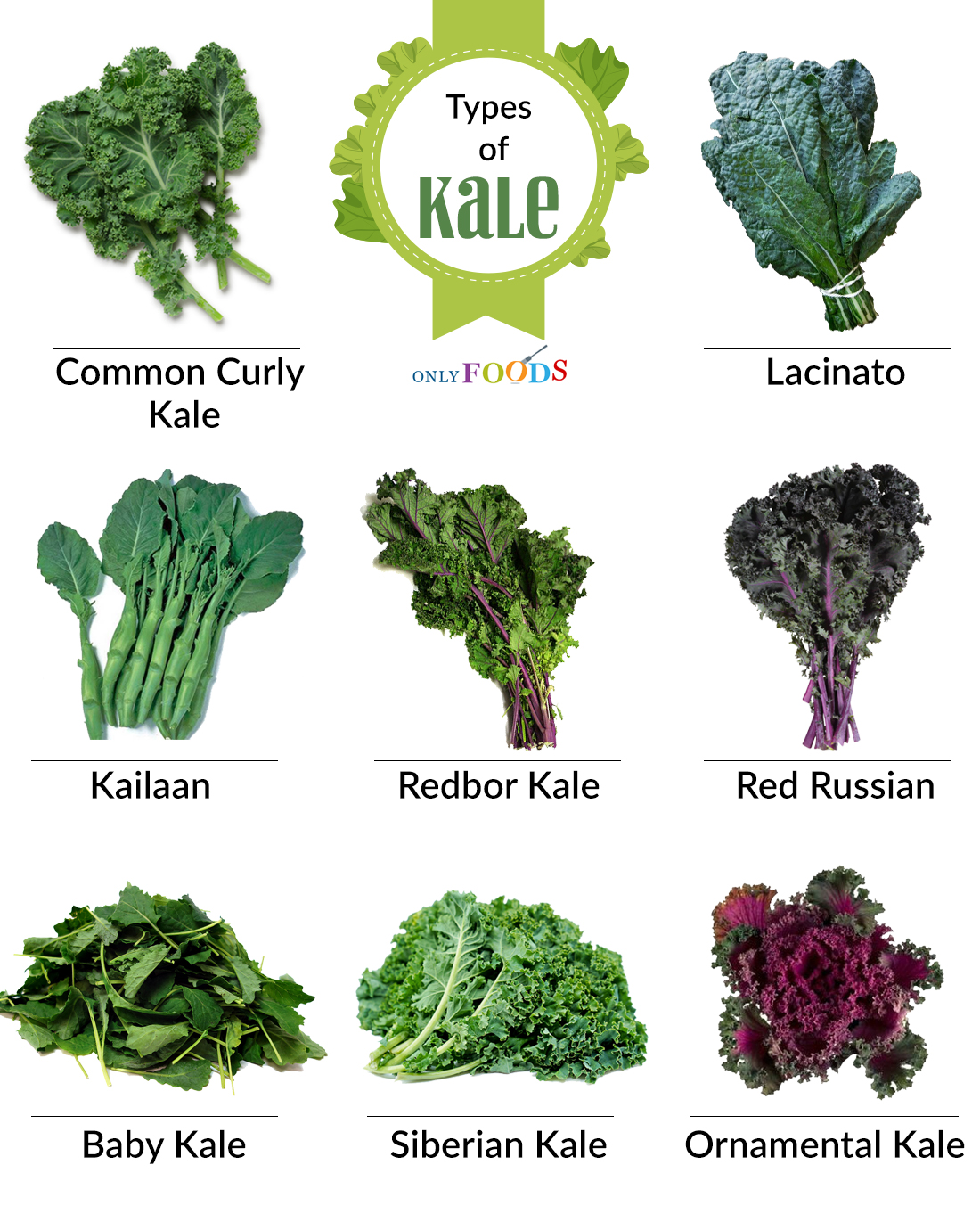
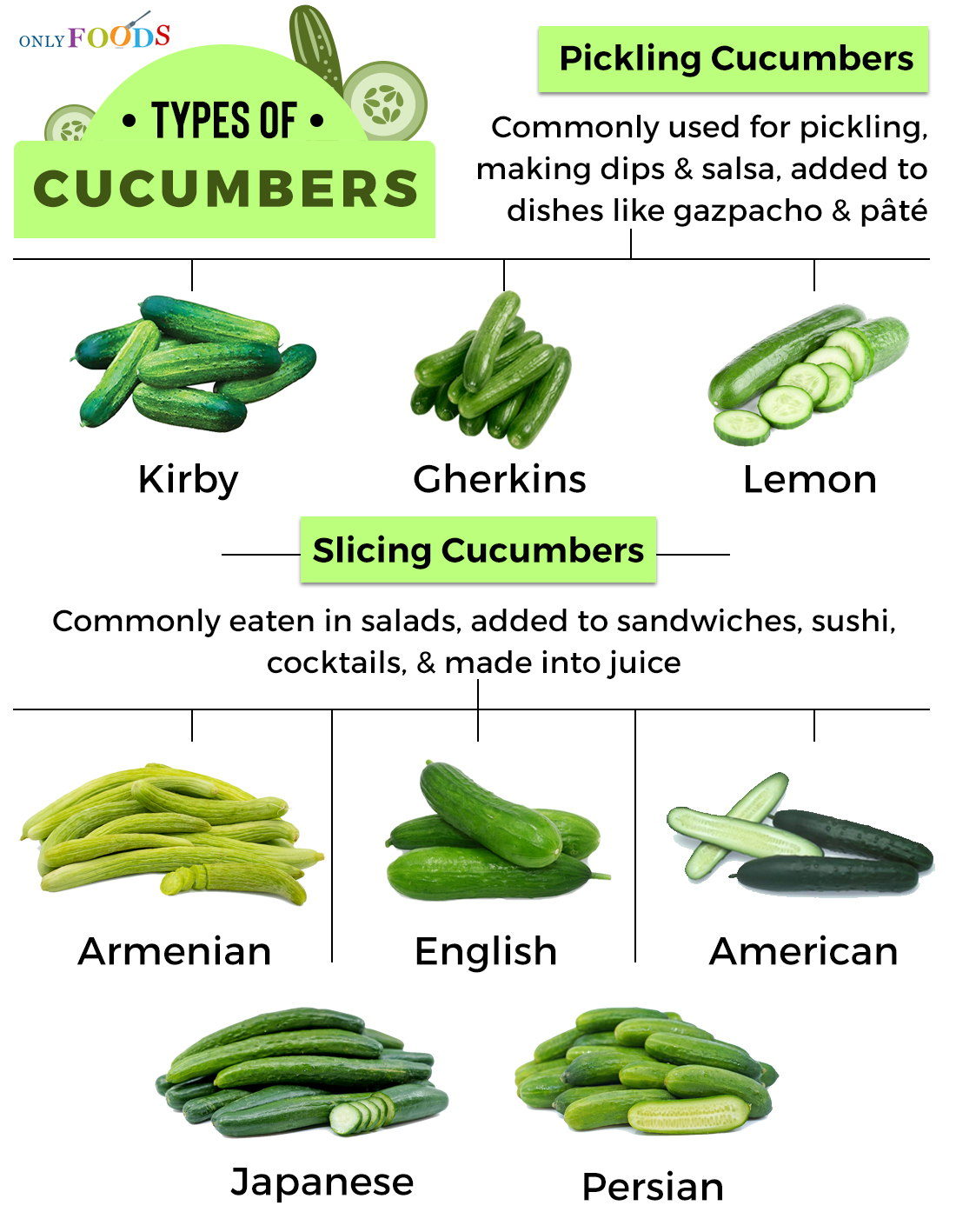
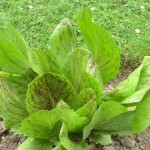
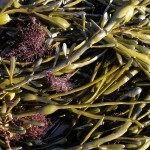
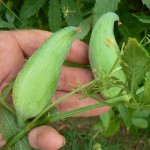
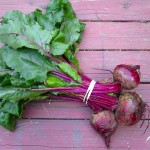
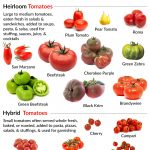
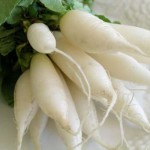
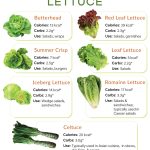

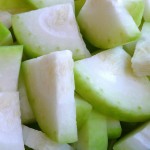
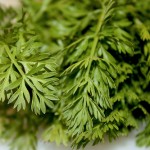





Leave a Reply